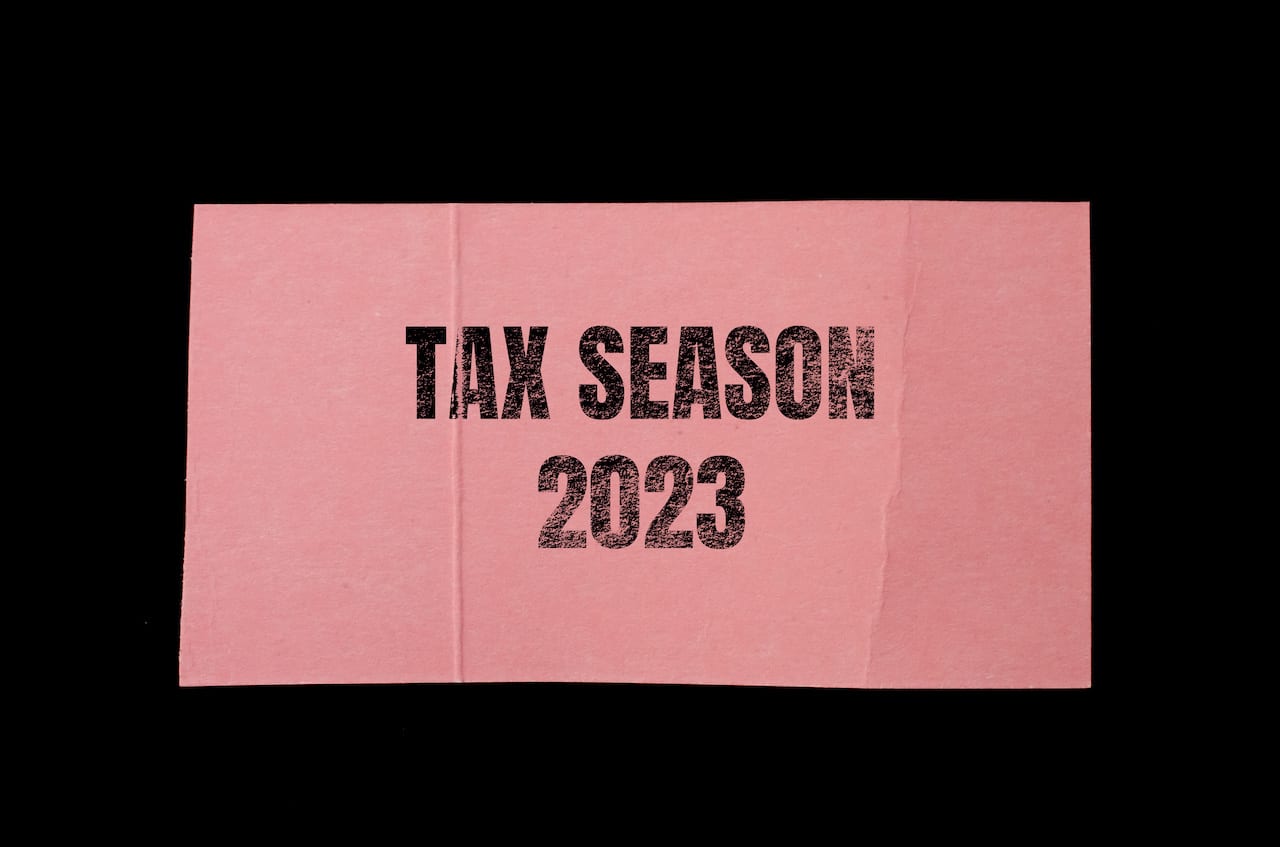Credit Sesame’s handy tax season 2023 checklist including some of the important dates and changes when filing your taxes for 2023.
- Requirements on April 18, 2023
- Inflation adjustments
- Other tax season 2023 deadlines
- Inflation adjustments
- Lower tax credits
- Smaller child tax credit
Blame the pandemic if you get a smaller tax refund or owe money when filing your 2022 federal income tax return this year. Tax credits and deductions were changed in 2022, reverting back to what they were before the Covid-19 pandemic hit the world, making this the first year since the pandemic hit when financial relief has slowed down. Stimulus checks from the government have also ended.
There’s plenty to know about tax season 2023 as you prepare your 2022 tax return, and we’ve compiled the biggest changes and important dates and other information you’ll need to hopefully make it a little easier.
Requirements on April 18 2023
Tuesday April 18 2023 is the deadline for many important tax-related activities including:
- Making final 2022 IRA contributions. The contribution limits for all of your IRAs combined is $6,000 if under age 50, and $7,000 if 50 or older.
- Making final health savings contributions. Health Savings Account contributions for tax year 2022 can be made by April 18. The limits are $3,650 for yourself, $7,300 for family coverage, and if you’re 55 or older you can kick in $1,000 more.
- Making a quarterly tax payment if you are self-employed
- Filing your taxes
- Requesting a tax filing extension to 16 October 2023
- Paying your taxes in full (even if you file later)
Tax filing day is usually April 15 or the next working day. This year, April 15 is on a Saturday. The following Monday, when taxes would normally be due after a weekend, is Emancipation Day, a holiday observed in Washington, D.C. So, tax filing day is delayed to Tuesday, April 18.
Other tax season 2023 deadlines
- June 15 2023 is the filing deadline if you live and work abroad or are on military duty.
- Self-employed quarterly estimated tax payments for the 2023 tax year are also due June 15, September 15, and on Januray 16, 2024.
Inflation adjustments
The IRS provided tax inflation adjustments for tax year 2022 for more than 60 tax provisions.
Larger standard deductions
The standard deduction is adjusted each year for inflation, and can make it easier to file a tax return by not having to itemize deductions. The standard deduction is subtracted from your income, and is based on your filing status, age, and if you’re claimed as a dependent by someone else.
For 2022, the standard deduction is:
- $12,950 for single taxpayers and married individuals filing separately, up $400 from 2021
- $25,900 for married couples filing jointly, up $800
- $19,400 for heads of households (single parents), up $600
Higher 401(k) and HSA contribution limits
The IRA contribution limits we listed above remain the same for 2022, but 401(k) account contributions have increased by $1,000 to $20,500. If you’re 50 or older, you can make an additional $6,500 catch-up contribution.
If you have a health savings account, you can kick in $50 more in 2022, up to $3,650 for an individual. A family can contribute $100 more than they did in 2021, up to $7,300 in 2022.
Lower tax credits
Some tax credits, unfortunately, are lower for some taxpayers. Here are some of the most notable:
Smaller child tax credit
The child tax credit is among the tax credits that have been cut as pandemic relief programs were eliminated. To start, the requirement of having at least $2,500 in earned income is back to qualify for the refundable portion of the credit. In 2021, the income floor was temporarily suspended.
The child tax credit drops to a maximum of $2,000 per independent under age 17 for 2022, down from $3,600 for kids under age 6 or $3,000 for children under 18 in 2021.
Lower credit for childless taxpayers
The earned income tax credit, or EITC, was temporarily expanded in 2021 to help moderate and low-income workers without children. For the 2022 tax year, single filers with no children who earn less than $16,480 can get up to $560 in EITC, down from $1,502 in 2021.
But there’s a bright side for people with three or more children. They can get up to $6,395 in EITC in tax year 2022, a $207 increase from 2021.
Lower income thresholds for child care credit
The temporary expansion of the child and dependent care credit in 2021 has expired. Parents who pay for childcare or care of a dependent with disabilities so they can work will see this tax credit drop to what it was before 2021.
A tax credit reduces your tax bill on a dollar-for-dollar basis, and can be claimed whether you itemize deductions or take the standard deduction. A tax deduction, on the other hand, reduces the amount of income you must pay taxes on.
A $1,000 deduction reduces your tax bill by $150 or $200, depending on your tax bracket. A $1,000 tax credit reduces your tax bill by $1,000.
The child and dependent care credit is no longer refundable, meaning it won’t come in a refund if you’re owed one. It can, however, lower your tax bill if you owe money.
For 2022, this credit dropped to a maximum amount of care expenses of $3,000 for one person or $6,000 for two or more people. In 2021, those qualifying expenses were $8,000 and $16,000, respectively. The maximum credit is 35% of employment-related expenses, up to the maximum amounts per person cared for in 2022.
If you liked Tax season 2023 checklist, you may also like:
- 2023 Interest Rates: How High Could They Go?
- How to Find a Good Tax Preparer
- Reduce Digital Clutter and Safeguard Your Financial Information
Disclaimer: The article and information provided here is for informational purposes only and is not intended as a substitute for professional advice.




















